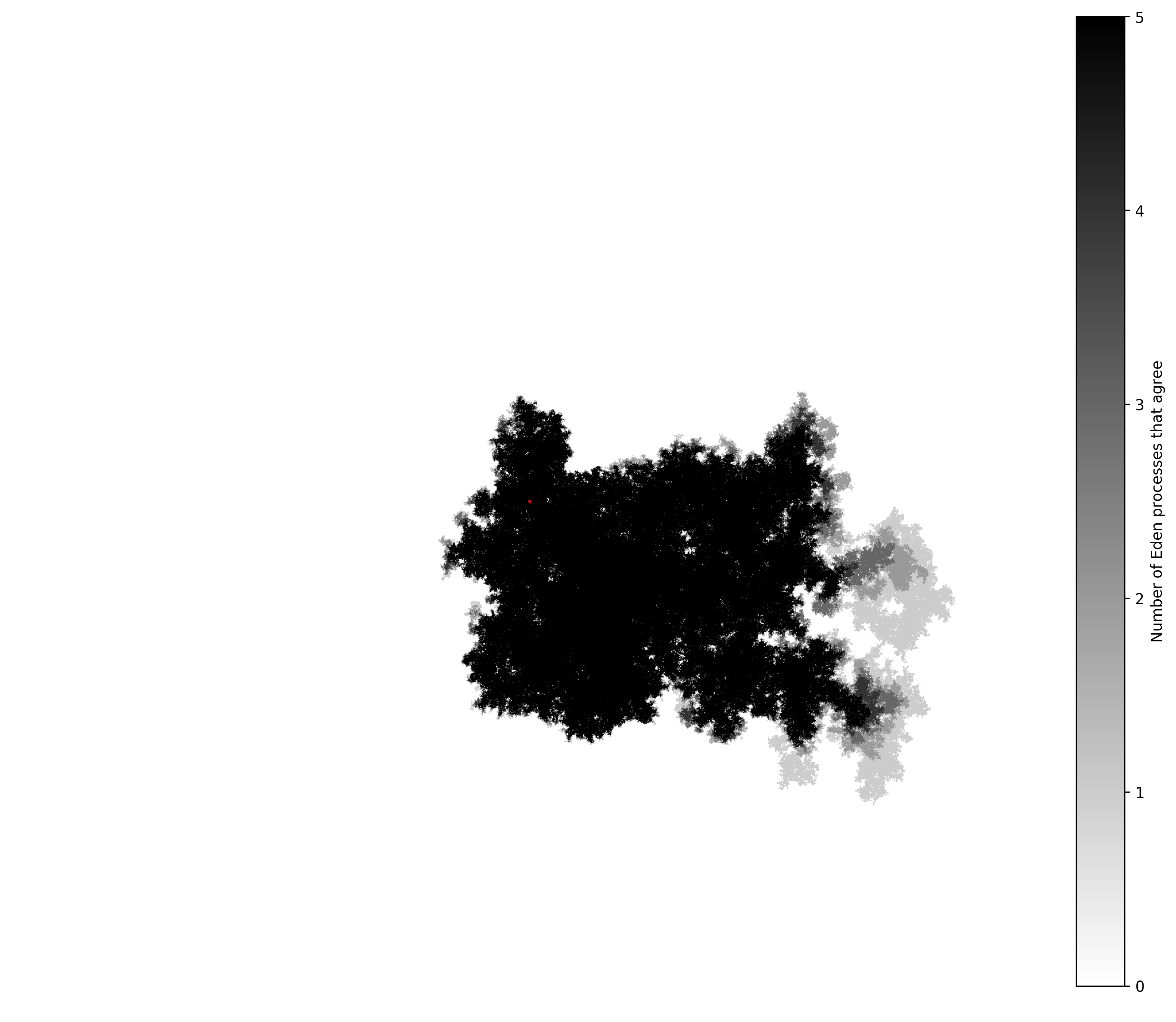Quantum Loewner Evolution
What is the scaling limit of diffusion limited aggregation (DLA) in the plane? This is an old and famously difficult question. One can generalize the question in two ways: first, one may consider the {\em dielectric breakdown model} $\eta$-DBM, a generalization of DLA in which particle locations are sampled from the $\eta$-th power of harmonic measure, instead of harmonic measure itself. Second, instead of restricting attention to deterministic lattices, one may consider $\eta$-DBM on random graphs known or believed to converge in law to a Liouville quantum gravity (LQG) surface with parameter $\gamma \in [0,2]$. In this generality, we propose a scaling limit candidate called quantum Loewner evolution, QLE$(\gamma^2, \eta)$. QLE is defined in terms of the radial Loewner equation like radial SLE, except that it is driven by a measure valued diffusion $\nu_t$ derived from LQG rather than a multiple of a standard Brownian motion. We formalize the dynamics of $\nu_t$ using an SPDE. For each $\gamma \in (0,2]$, there are two or three special values of $\eta$ for which we establish the existence of a solution to these dynamics and explicitly describe the stationary law of $\nu_t$. We also explain discrete versions of our construction that relate DLA to loop-erased random walk and the Eden model to percolation. A certain "reshuffling" trick (in which concentric annular regions are rotated randomly, like slot machine reels) facilitates explicit calculation. We propose QLE$(2,1)$ as a scaling limit for DLA on a random spanning-tree-decorated planar map, and QLE$(8/3,0)$ as a scaling limit for the Eden model on a random triangulation. We propose using QLE$(8/3,0)$ to endow pure LQG with a distance function, by interpreting the region explored by a branching variant of QLE$(8/3,0)$, up to a fixed time, as a metric ball in a random metric space.
PDF Abstract